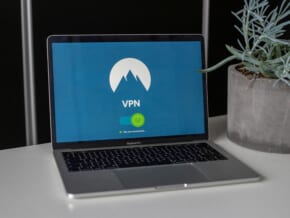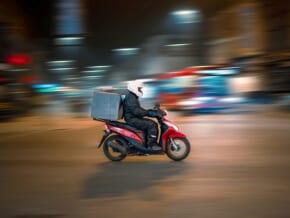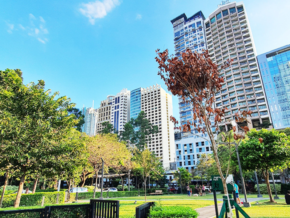Exploring the Local Vibes: Your Guide to Riding Tricycles in the Philippines
There are a lot of public transportations available to many locals and expats in the Philippines. This includes jeepney, buses, taxis, and even the Metro and Light Rail Transits (MRT & LRT). But in most tourist destinations like Batanes, Palawan, Bohol, and even Siargao, tricycles are the most common mode of transportation.
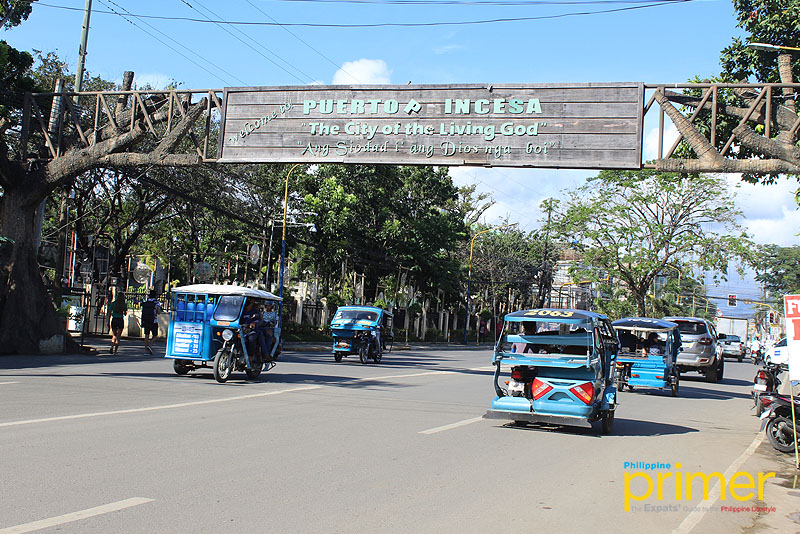 IMAGE from Philippine Primer
IMAGE from Philippine Primer
While there are various kinds of tricycles in the Philippines, including those with extra seats at the back, a tricycle is typically a three-wheeled motorcycle-cab that has a cargo bed placed inside for the comfort of the passengers. It can usually seat from four to five people, including the tricycle driver.
Let Philippine Primer walk you through the unique experience of riding these local transports, including tips on fares, etiquette, and navigating routes!
Where Are They?
Hailing a tricycle is just as easy as riding any other public transportation in the country as they are usually found lined up in groups inside villages and near the main road, waiting to deliver passengers to their destination.
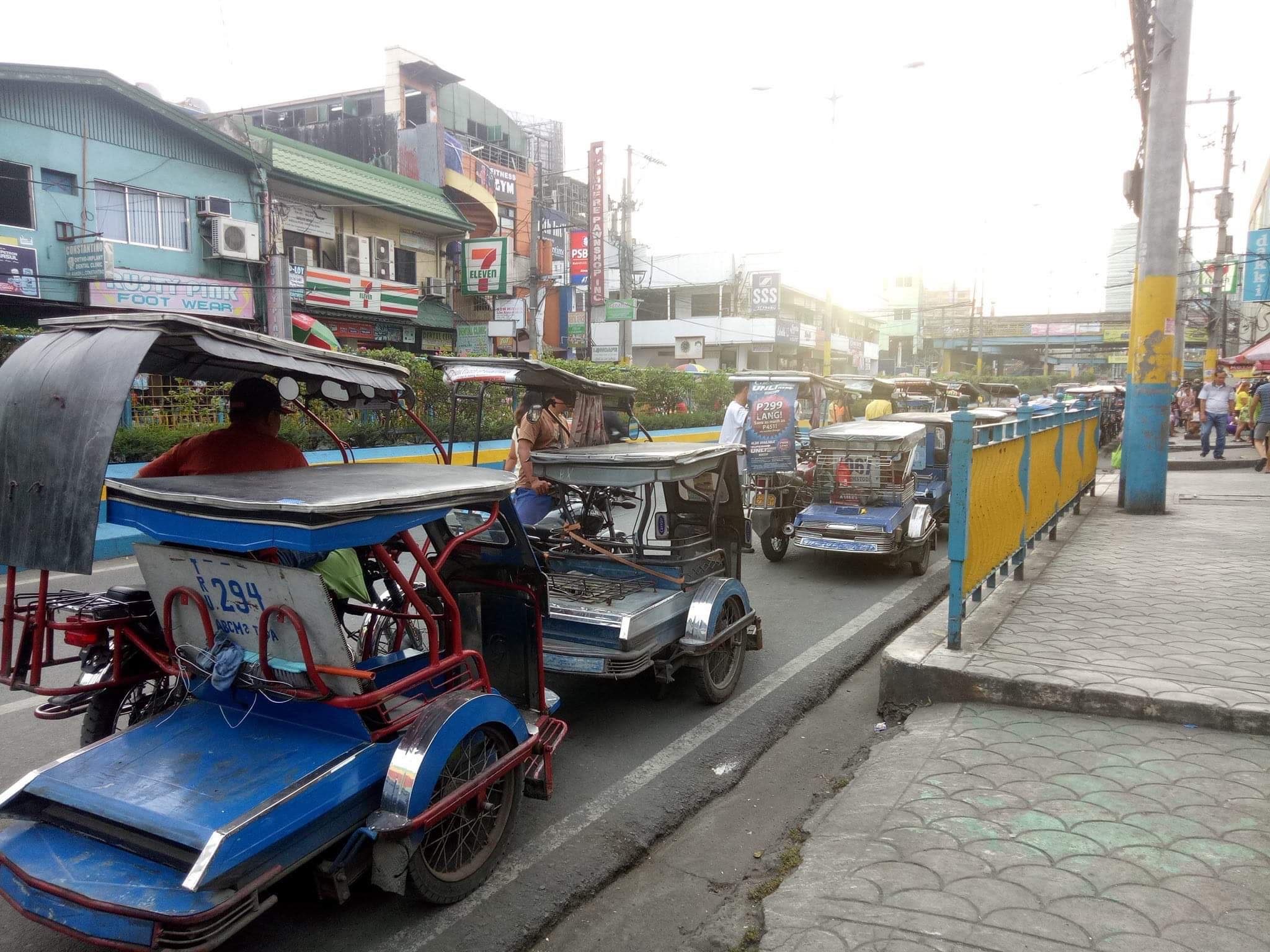 IMAGE from Philippine Primer
IMAGE from Philippine Primer
Island destinations like Boracay, Siargao, and Batanes even have tricycles near the airport to transport tourists to their accommodations. Some tricycles in Panglao Island, Bohol can even be rented for a daytrip to famous tourist destinations such as Chocolate Hills and Bohol Tarsier Conservation Area.
If not found queued in their usual station, tricycles can also be hailed on the road after they have delivered previous passengers to their desired destinations. In which case, you may hail them by raising your hand to get their attention.
Watch Out!
Riding tricycles are generally safe for the public, and tricycle drivers are often friendly and respectful to passengers. They can even help you carry your bags and place them on the tricycle securely!
 Tricycle in Puerto Princesa, Palawan / IMAGE from Philippine Primer
Tricycle in Puerto Princesa, Palawan / IMAGE from Philippine Primer
But if you want to be extra sure that a tricycle is licensed to operate on the road, it is always better to check the tricycle for the following:
1. Official Plate Number
Just like any other public utility vehicle, licensed tricycles have an official plate number issued by the Land Transportation Office (LTO). This plate is usually displayed at the back of the tricycle. Some local government units (LGUs) also assign a unique body number to each licensed tricycle, which is displayed prominently on the vehicle.
2. Local Government or Franchise Sticker
Tricycles operating legally typically have a franchise sticker or decal issued by the LGU. This sticker indicates that the tricycle has been granted permission to operate within a specific area. Tricycles may also have identification marks such as the name or logo of the LGU, or a color scheme that is unique to the area they are licensed to operate in.
3. Driver’s ID
Licensed tricycle drivers often carry an ID issued by the LGU, and it is usually displayed inside the tricycle.
Let’s Take a Ride
Once you have caught the tricycle driver’s attention, it is only customary to be sure of your destination beforehand.
Most tricycle drivers, especially in various tourist destinations in the country, would know the ins and outs of the area, but it might be best to research landmarks before the trip to ensure a smooth journey and to assist the driver in getting you to your exact location efficiently.
Before boarding a tricycle, it is also advisable to confirm the fare with the driver. This ensures clarity on the cost and avoids any misunderstanding regarding the fare for your intended destination.
The tricycle fare usually depends on the distance, so before boarding, ask “Magkano po?”or“Magkano po papuntang (insert your destination)?” (How much going to this destination?) to confirm.
The price ranges from as low as Php 10 to as high as Php 300 per passenger. In places where there are many tourists, you may be charged much more than the regular fare. Special tour services may also be offered at different rates.
 Bukyo or Premium Tricycles in Tagaytay / IMAGE from Philippine Primer
Bukyo or Premium Tricycles in Tagaytay / IMAGE from Philippine Primer
Pro Tip: Share a ride with other passengers as this is cheaper compared to riding alone, which is usually considered a “special” ride. It is also important to note that fares can vary based on local regulations and are subject to change, especially in response to factors like fuel price fluctuations.
Warning: It’s a Bumpy Ride
While most roads in the city are paved, the countryside might be rougher around the edges than you might expect. Be careful not to hit your head on the ceiling when riding in the sidecar.
Also, when seated behind the driver, make sure to hold onto the handrail and firmly position your feet on the footrest. This helps prevent your feet from accidentally striking oncoming vehicles or having them hit you accidentally.
You’ve Reached Your Destination!
Whether the tricycle driver knows your destination or you are using your phone to check the map, it is helpful to get ready with the words, “Para po!” to indicate that you are now ready to get off the tricycle. If the driver did not hear you over the noise while the tricycle is in motion, you may also use your hand to signal the driver to stop.
 Batanes, Philippines / IMAGE from Philippine Primer
Batanes, Philippines / IMAGE from Philippine Primer
After getting off the tricycle, pay the fare you agreed upon earlier. It is always advisable to have coins or smaller bills ready as most tricycle drivers do not often have change ready for larger bills. Bills ranging from Php 20 to Php 100 are acceptable.
E-Tricycles
Electric tricycles, often referred to as e-trikes, are a strategic move by the Philippines to combat air pollution and enhance energy efficiency.
 IMAGE from Asian Development Bank
IMAGE from Asian Development Bank
Through the years, various LGUs and even state universities such as Cagayan State University and University of the Philippines-Diliman have spearheaded several initiatives to create lighter e-trikes to help transport passengers, especially during the height of the COVID-19 pandemic.
Boracay Island in Malay, Aklan is also currently one of the many tourist destinations known to utilize e-trikes, especially when it reopened to tourists in 2018. These e-trikes are designed to cater to both residents and tourists, and fares are generally affordable, ranging from Php 50 to Php 100 for short rides within major tourist areas.
While it can appear daunting to navigate a new place using local transportation, you will be surprised to know that tricycle drivers are often hospitable and even knowledgeable in simple and basic English. Once you get used to this, you will find that riding a tricycle may be a convenient option or even alternative for your daily traveling needs!





